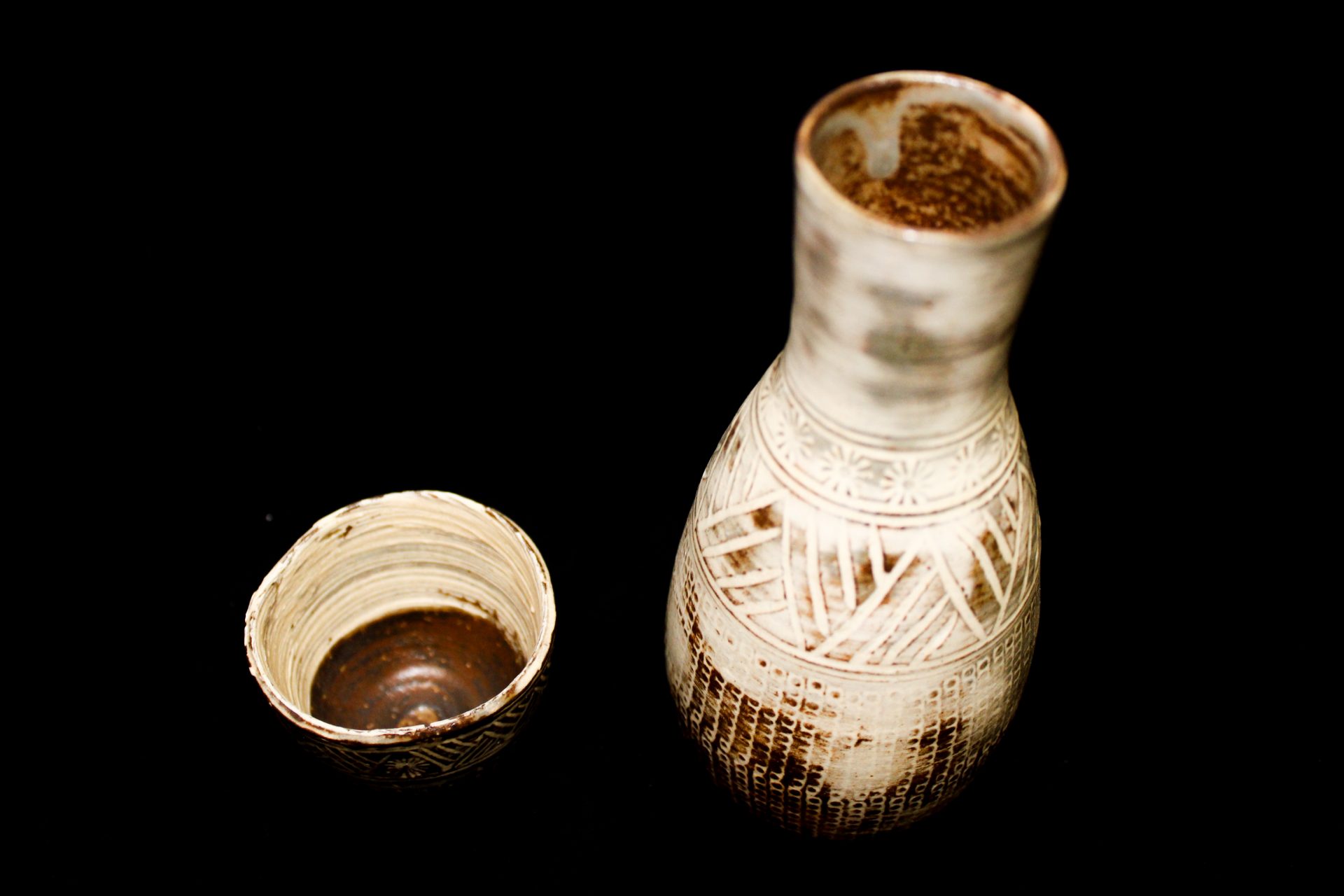Although Japanese silver has been used in Japan internally since the earliest periods of Japan’s history, the precious metal became most prominent in terms of external trade and industry in the 16th-18th centuries. After having imported silver from China until this time, the dynamic shifted in this era with China importing Japanese silver in exchange for their coveted silks.
General History of Silver in Japan
In the 16th and 17th centuries Japan engaged in maritime trade on a large scale for the first time. Europe, particularly the Netherlands and Portugal, turned to Japan for trade. Japanese silver mines would become one of the chief sources for silver in the worldwide market. After William Adams, the English navigator, initiated trade with Japan on behalf of the Dutch East India Company, the Dutch were given extensive rights to trading with Japan over other European countries. Most Japanese silver trading happened in Nagasaki, a coastal city on the northwestern island of Kyushu. Initially, Japan was keen to exchange their silver for the desirable silk which China was famous for producing. Originally China was the main exporter of silver in the East, but when their mines started to deplete this title shifted to Japan, with China ironically becoming one of the biggest procurers of Japanese silver. By the 17th century, Japan was exporting so much of the precious Japanese silver that the Tokugawa Shogunate tried many different methods to minimize this trade. Most of these ventures backfired, particularly the attempt to abolish the itowappu silk monopoly. In 1668 the trading of silver externally was banned completely. However, although the Shogunate successfully halted exportation by the 1760s, the silver mines of Japan were already highly depleted.
Iwami Ginzan
Iwami Ginzan was the largest Japanese silver mine in the whole of Japan and was in operation for nearly four hundred years, from 1526-1923. Situated in the Iwami province, this site was highly contested and has been owned by different factions and families over the centuries. Iwami Ginzan opened under the stewardship of ‘Bakufu’, the then government, and was later managed by the infamous Fujita Company in the Meiji and Taisho eras. Between the 16th and 17th centuries this Japanese silver mine could produce as much as 150 tons of Japanese silver a year due to imported technology. The Japanese refined a technique imported from Korea and China called haifuki-ho and this was first used in Iwami Ginzan. This process involved adding lead to the Japanese silver ore and blowing hot air into the mixture to melt them together. Excavations of the site started in 1993 and since its closure in 1923 no documents of the actual management of Iwami Ginzan have been found, though a lot can be learned through records of political history. Iwami Ginzan became a national heritage site in 2007.
Kyoto and Silver
Ginkaku-ji is one of Kyoto’s most famous temples. It is easy to confuse this pavilion with Kinkau-ji, which is the more renowned of the two. Kin in Japanese means gold, and Gin is the word for silver. Kinkaku-ji was originally the home of Shogun Ashikaga Yoshimitsu and was made into a complex that was then converted into a Zen Buddhist temple on his request after his death. The pavilion has had to be repaired twice due to fires, but the roof is still made from pure gold-leaf. The building of Ginkaku-ji was initiated by Ashikaga Yoshimasa but the Japanese silver leaf covering that he desired to top the temple with was not achieved before his death and has still never been applied, even in renovations. Instead there is lacquer on the roof which gives off a Japanese silver sheen, which still creates a stunning sight. Despite the fact that actual Japanese silver is not used, this temple is still known as Ginkakuji, the temple of silver, and is a popular monument in Kyoto. In terms of real silver trade in Kyoto, the main use in tradition in this city has been in inlay, which we have discussed in a previous blog. Kyoto has always used silver for many of their crafts and designs but was never known as a silver-producing region. However, Japanese silver is an important aspect of trade, featuring heavily in many traditional art forms in the city.
Silver on Atelier Japan
Used particularly in inlay design, Atelier Japan features many different products that are made from Japanese silver, or use the precious metal in their designs. Kazariya-Ryo produce pure silverware in a variety of different objects, and Zinlay provide our stunning inlay items, which use both Japanese silver and gold, all available to purchase on Atelier Japan.















